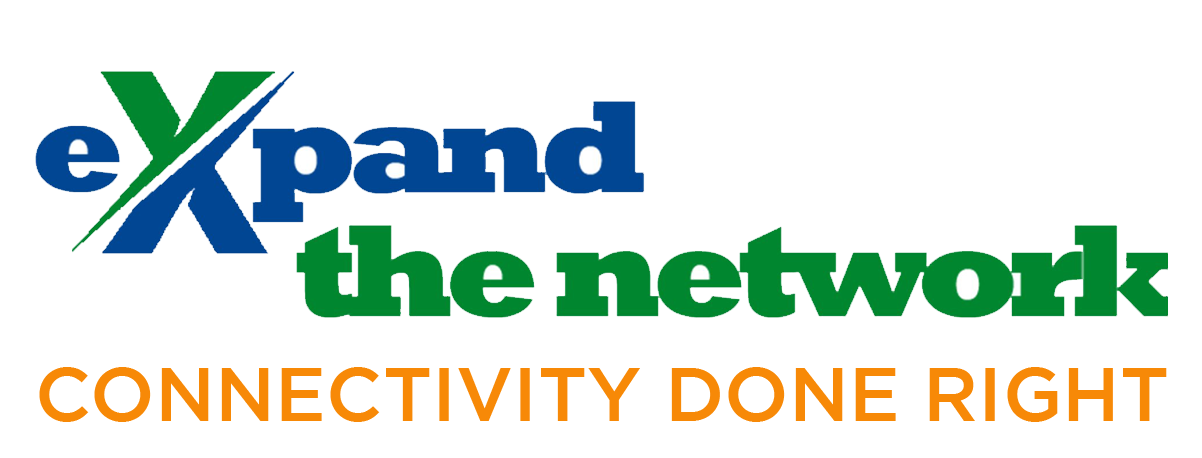
The world of economics has seen its fair share of ups and downs. One such period that continues to leave a lasting impression on financial experts is the 1980s, specifically the high inflation and interest rates experienced during this decade. Fast forward to today, and we are again witnessing similar changes in the economic landscape. In this article, we will compare and contrast the inflation and interest rates of the 1980s to what's happening today, delving into the causes, consequences, and potential solutions for each period.
1980s Inflation and Interest Rates:
It is hard to forget the energy crisis that shook the global economy in the 1970's. With oil and gas prices soaring, economies crashing, and military conflicts looming, it can be hard to imagine what people had to do during this time. For many family-owned businesses, these disruptions posed unique challenges and opportunities previously unseen in modern times. This forced business owners to completely rethink their strategies as they worked to survive in an unpredictable climate. In this article we will review how historical events impacted family-run businesses during this era of turmoil as well as consider how we can use this learning to handle today’s similar economic situations.
These crises laid the path to the high inflation and interest rates of the 1980s. The Federal Reserve's focus on reducing unemployment rather than controlling inflation combined with its loose monetary policy led to wage-price spirals. In addition, the high government spending contributed to the escalation of inflation.
As a result, the US economy experienced a period of stagflation. It was highlighted with high unemployment rates, low economic growth, and high inflation. And it led to decreased purchasing power. As a result, it had a negative impact on savings and investments, and financial instability for businesses and households.
To combat the high inflation and interest rates, the Federal Reserve, led by Chairman Paul Volcker, implemented a tight monetary policy. This included increasing the federal funds rate to unprecedented levels (reaching over 20% at its peak), which ultimately led to a decrease in inflation and the eventual stabilization of the economy.
Today's Inflation and Interest Rates
Today we are being told that inflation and interest rates are primarily driven by the economic fallout of the COVID-19 pandemic, supply chain disruptions, and global labor shortages. Additionally, expansive fiscal and monetary policies, aimed at stimulating economic growth and mitigating the pandemic's impact, have contributed to rising inflation rates.
It makes no. difference whether you agree or not. The fact is inflation is negatively impacting many families. According to Inflation 2022: 15 Industries That Were Hit the Hardest, Csiszar, John https://news.yahoo.com/inflation-2022-15-industries-were-180032473.html, these industries had the largest inflation increases:
1 Year | |
Industry | Price Change |
15. Fabricated Metal Product Manufacturing | 20.80 |
14. Accommodation | 21.00 |
13. Transportation Support Activities | 21.10 |
12. Plastics and Rubber Products Manufacturing | 21.10 |
11. Mining (Except Oil and Gas) | 21.20 |
10. Building Material and Garden Equipment and Supply Dealers | 22.00 |
9. Air Transportation | 23.00 |
8. Wood Product Manufacturing | 24.70 |
7. Truck Transportation | 24.80 |
6. Motor Vehicle and Parts Dealers | 25.60 |
5. Furniture and Home Furnishings Stores | 25.80 |
4. Gasoline Stations | 33.50 |
3. Primary Metal Manufacturing | 35.50 |
2. Petroleum and Coal Products Manufacturing | 58.10 |
1. Oil and Gas Extraction | 64.80 |
While the consequences of today's inflation and interest rates are not as severe as those experienced in the 1980s, they still pose challenges for households and businesses alike. These include increased costs of living, potential asset bubbles, and impacts on savings and investments.
In response to the current economic situation, the Federal Reserve continues a gradual tightening of monetary policy by tapering bond purchases and increasing interest rates.
Although the 1980s and today's economic climates share similarities in terms of high inflation and interest rates, the causes, consequences, and solutions differ significantly. While the 1980s dealt with stagflation and were heavily influenced by oil prices and loose monetary policy, today's situation is rooted in the aftermath of a global pandemic, supply chain disruptions, and governments attempts to bolster the economy during the pandemic.
Despite these differences, understanding the lessons from the past can help business owners navigate the challenges of today's economic environment and implement effective solutions for stabilization and growth.


